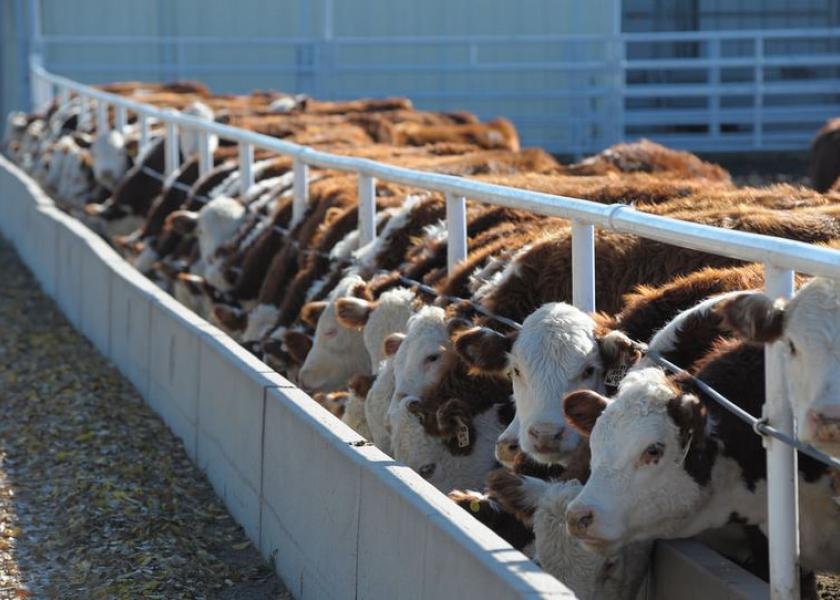John Nalivka: Algorithms, Fundamentals And Forecasting

I often have people outside my circle of industry clients, associates, and friends ask me my occupation. My response is that I provide market information and advice to businesses in the livestock and red meat industries. The follow-up question is usually who are your clients? To which I respond packers, processors, restaurants, private equity firms or essentially anyone wanting analysis and advice on markets. While that is not necessarily a very lengthy explanation, I could probably further shorten it into six words – “I forecast livestock and meat markets,” which brings me to my topic at hand – forecasting and how things have changed.
I recently read an article entitled “Forecasting in a Digital World.” The article talked about predictive algorithms and how they “reduce biases and errors common to traditional forecasting” which got my attention. While the article concerned the use of algorithms in forecasting financial information, I read on. Algorithms are not new. In a nutshell, they are any systematic method of solving a certain kind of problem, a computational procedure for machine learning. Google uses algorithms to find informational results when you do a search.
So, what does this have to do with livestock and meat industry forecasting? I have always used algorithms to provide the basis for my production and price forecasts. But that is as far it goes because once I have the “base forecast” from the model, I begin making adjustments based on my industry knowledge and experience. Markets are the result of human interaction and much of my adjustment is how I believe people in the market will react. Simply put, it’s who is making money and who is losing money and how they react. I have often been tempted to let the model run, take those as my final numbers, and hit the SEND key. But, on the other hand, why would anyone use my services to feed data into a computer and then send out the result. I can envision all sorts of problems.
Market fundamentals are dynamic and how these fundamentals affect different people in the supply chain and their reaction is the foundation of market analysis. The data and information within that data is an input to the forecasting process. Forecasts must be consistent across the supply chain based on the fundamentals.
So, what about this issue of forecast bias? Wouldn’t I want to limit that bias by simply hitting the SEND button before I made any adjustments to the machine-driven forecast? Perhaps, but as I always tell clients – the bias is consistent based on my experience and how I view the industry and as they tell me, that is the value.
The opinions expressed in this commentary are those of John Nalivka, president of Sterling Marketing, Vale, Oregon.
Related Stories:
John Nalivka: Moving ERS To Agriculture's Ground Zero - Kansas City







